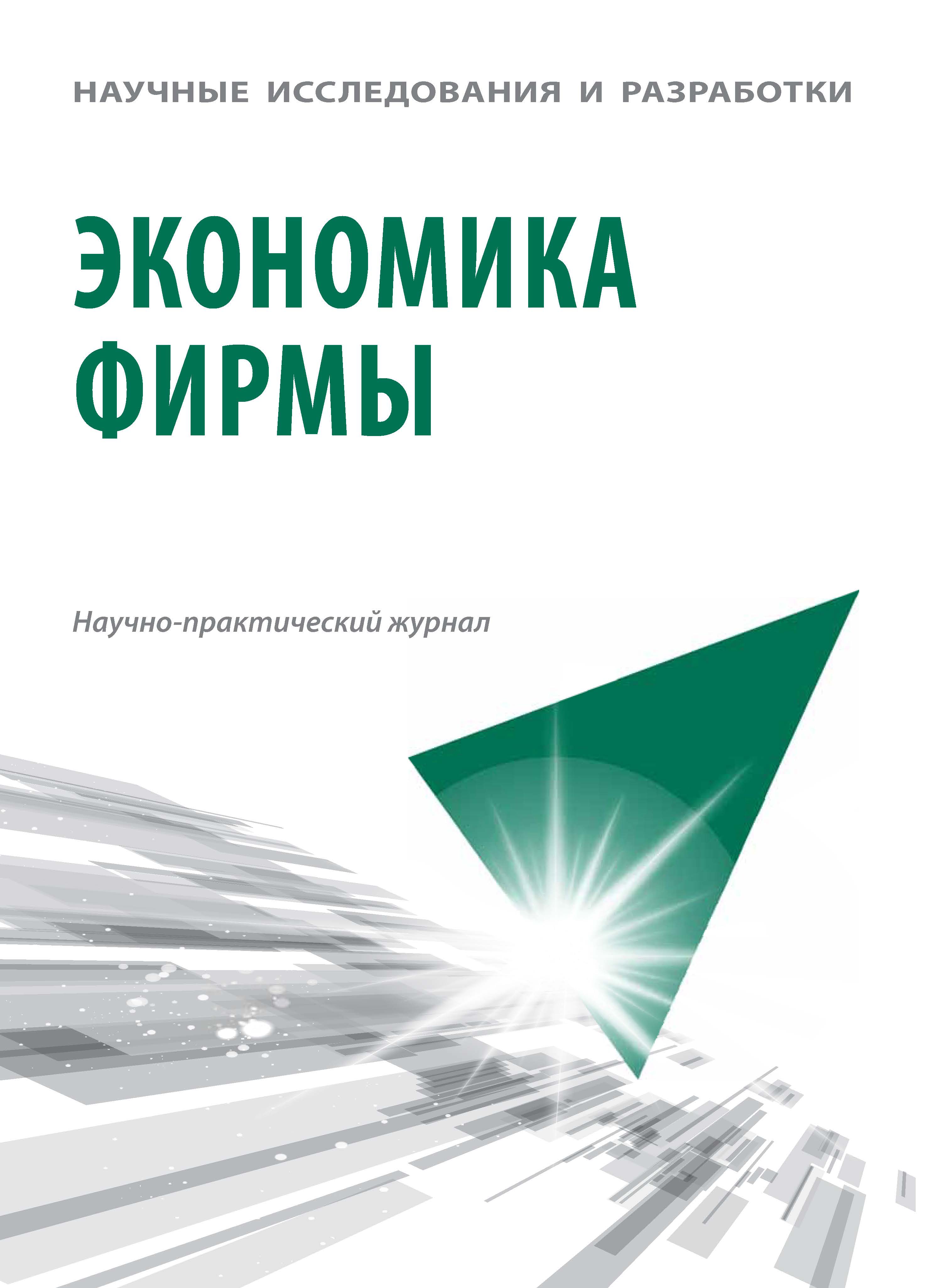Russian Federation
The authors aim to identify and structure logistic processes in the internal environment of industrial enterprises, as well as to distribute zones of functional responsibility for the components of the wagon turnover in order to form growth points for strengthening competitive advantages in the production of finished goods of industrial enterprises. Methods. In the framework of the conducted research, general scientific and special methods were applied. The general methods include such methods as analysis of the structure of wagon turnover, including timekeeping, and its comparison with the best practices, as well as formalization of formulas for assessing economic efficiency in working with wagon assets and commercial rates for railway services. Among the special ones were used sociological survey in the form of interviewing focus groups of independent experts, as well as the method of process analytics to assess the links between the participants of the railway transportation process. The scientific novelty of the article should include the development of the structure of the car production cycle with functional areas of responsibility for industrial enterprises in the management of car assets and the development of the target model of the organization of operational measures of continuous improvement in the context of functional divisions of the enterprise. Results and Conclusions. Proposals and recommendations outlined in the article will be useful in assessing the efficiency of railroad facilities of industrial enterprises for managers, specialists in the field of industry, logistics and independent consultants at various levels of interaction - from cost management to the provision of logistics service.
operational efficiency, railcar production cycle, railroad assets management, normative profitability
1. Augusto, A., Mendling, J., Vidgof, M., Wurm, B. The connection between process complexity of event sequences and models discovered by process mining / Pedrycz, W. // Information Sciences - 2022. - №598. - pp. 196–215 DOI: https://doi.org/10.1016/j.ins.2022.03.072; EDN: https://elibrary.ru/CAGCHF
2. Cook, J.E., Du, Z., Liu, C., Wolf. A.L. Discovering models of behavior for concurrent workflows / van der Aalst, W., Weijters, T. // Computers in Industry - 2004. - №53. - pp. 297–319 DOI: https://doi.org/10.1016/j.compind.2003.10.005; EDN: https://elibrary.ru/EUTQMB
3. González Lopêz de Murillas, E., Reijers, H. A., van der Aalst, W. M. P.Connecting databases with Process Mining: a meta model and toolset / Gray, J. // Software & Systems Modeling -2019. - №18. - pp. 1209-1247
4. Hammer, M., Champy, J. Reengineering the Corporation: A Manifesto for Business Revolution / Hammer, M., Champy, J. - Massachusetts: Harper Business, 2006. - 272 p.
5. Heber, E., Hagen, H., and Schmollinger, M. Application of Process Mining for Improving Adaptivity in Case Management Systems / Zimmermann, A., Rossmann, A. // Digital Enterprise Computing - 2015. - pp. 221-231
6. Heizer. J., Render, B., Munson, C. Operations Management: Sustainability and Supply Chain Management / Heizer. J. - London: Pearson, 2020. - 912 p.
7. Mahendrawathi, E. R., Arsad, N., Astuti, H. M., Kusumawardani, R. P., & Utami, R. A. Analysis of production planning in a global manufacturing company with process mining // Journal of Enterprise Information Management - 2018. - №2, pp. 317–337
8. Martinelli, R. J., Rahschulte, T., Waddell, J. M. Leading global project teams: The new leadership challenge / Martinelli, R. J., Rahschulte, T., Waddell, J. M. – Bucharest: Multi-Media Publications Inc., 2020. - 264 p.
9. Pravilovic, S., Appice, A., Malerba, D. Process Mining to Forecast the Future of Running Cases / Appice, A., Ceci, M., Loglisci, C., Manco, G., Masciari, E., Ras, Z. // New Frontiers in Mining Complex Patterns - 2014. - pp. 67-81
10. R'bigui, H., Cho, C. The state-of-the-art of business process mining challenges // International Journal of Business Process Integration and Management - 2017. - №4. - pp. 285–303 DOI: https://doi.org/10.1504/IJBPIM.2017.088819; EDN: https://elibrary.ru/KFPAFB
11. van der Aalst, W. M. P. Process mining: Data Science in Action / van der Aalst, W. M. P. - New York City: Springer, 2016. - 486 p.
12. White, M. Case Management: Combining Knowledge With Process / White, M. // BPTrends - 2009. - pp. 1–14.
13. Andersen, B. Biznes-processy. Instrumenty sovershenstvovaniya / Yu.P. Adler - M.: RIA «Standarty i kachestvo», 2003.- 272 S. EDN: https://elibrary.ru/QQCSHZ
14. Klochkov, A.K. Vovlechennost' i loyal'nost' personala ot A do Ya / A.K.Klochkov - M.: Eksmo, 2021. - 233 S.
15. Procenko, O.D., Procenko, I.O. Logistika i upravlenie cepyami postavok - vzglyad v buduschee. Makroekonomicheskiy aspekt / O.D. Procenko – M.: ID «Delo» RANHiGS, 2012. - 218 S. EDN: https://elibrary.ru/QVDUUT
16. Ryzhenkov, A. V. Formirovanie reytingovoy ocenki filial'noy seti logisticheskoy kompanii na osnove sistemy klyuchevyh pokazateley effektivnosti // Logistika i upravlenie cepyami postavok. - 2018. - №2. - S. 46–51 EDN: https://elibrary.ru/XSVQOT
17. Sergeev, V. I., Sterligova, A. N., Dybskaya, V. V., Zaycev, E. I. Korporativnaya logistika. 300 otvetov na voprosy professionalov / V.I. Sergeev - M.: INFRA-M, 2004. - 976 S.
18. Slak, N., Cheymbers, S., Dzhonston, R. Organizaciya, planirovanie i proektirovanie proizvodstva. Operacionnyy menedzhment / N. Slak - M.: INFRA-M, 2020. - 790 c.
19. Sterligova, A.N., Fel', A.V. Operacionnyy (proizvodstvennyy) menedzhment / A.N. Sterligova, A.N. Fel' – M.: INFRA-M, 2009. - 187 c. EDN: https://elibrary.ru/SDPYDL
20. Cheyz, B.R., Dzheykobz, R.F., Akvilano, N. Dzh. Proizvodstvennyy i operacionnyy menedzhment / R.B. Cheyz, F. R. Dzheykobz, N. Dzh. Akvilano – M.: Dialektika, 2019. - 1094 C.






